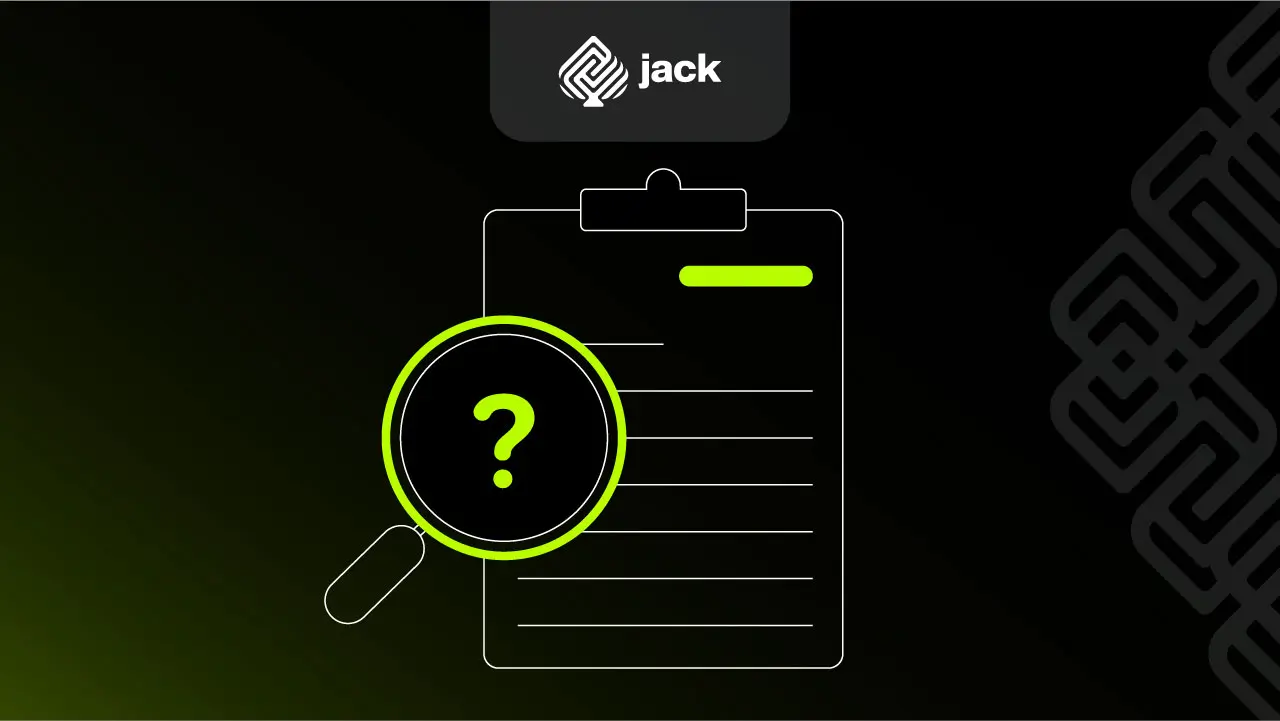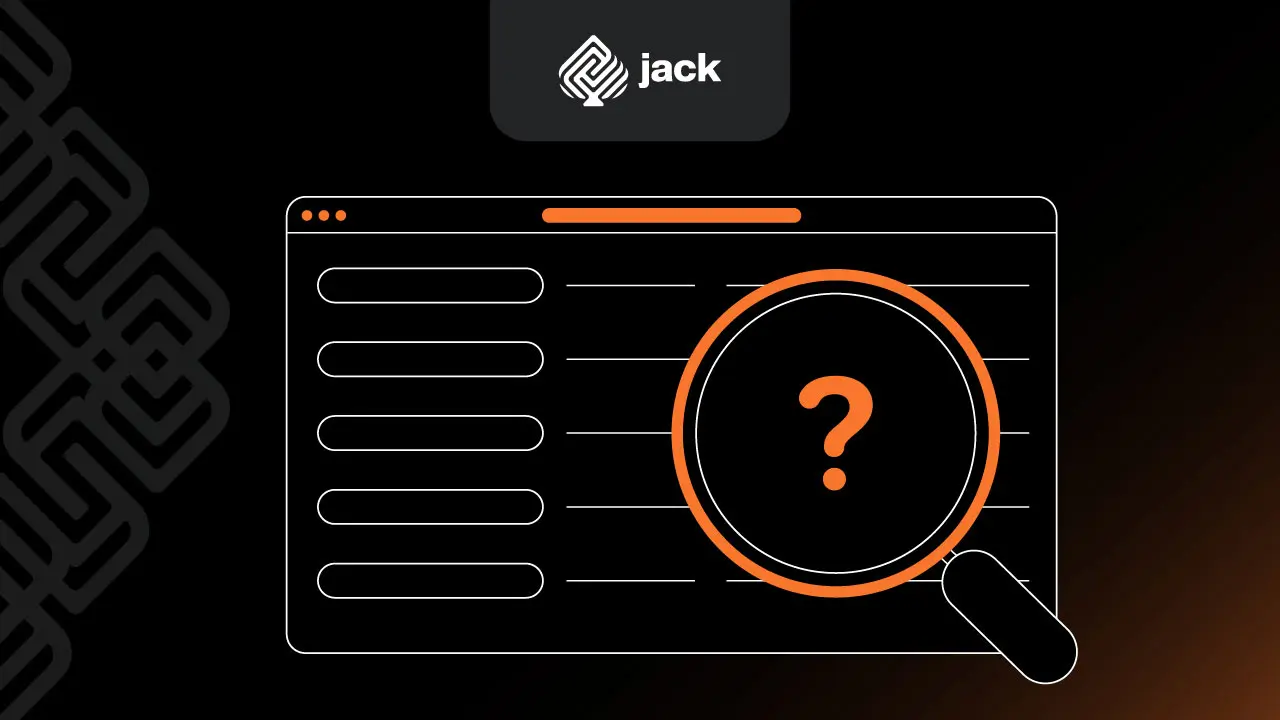Risk management is an integral part of business management aimed at identifying and managing threats and opportunities that can impact the survival and long-term success of a company. One approach that is increasingly being used to face uncertainty in the business world is Enterprise Risk Management (ERM).
In this article, we will delve into what ERM is, its benefits, the steps for implementing it, and the challenges encountered during its implementation.
Also read: How to Choose the Best Virtual Credit Card Services
What is Enterprise Risk Management (ERM)?

Enterprise Risk Management (ERM) is a process designed to help companies identify and manage risks that can affect the company’s goals and strategies. According to the Committee of Sponsoring Organizations (COSO), ERM is a process aimed at identifying events that could impact the company and managing their effects, whether the risks are related to operations, finance, or external factors.
According to Mark Beasley, an expert in risk management, ERM is a framework that integrates risk management into the company’s strategy. ERM is not only about reducing risks but also about how to leverage risks as opportunities for gaining benefits.
The advantage of ERM over other risk management approaches is its comprehensive nature. ERM involves all parts of the company, from top management to operational levels. ERM helps companies view risks not only as threats but as opportunities that can be utilized to increase competitiveness.
Basic Principles in Enterprise Risk Management (ERM)
Here are some basic principles that companies should consider when implementing ERM. These are the eight principles of risk management according to ISO 31000:2018:
- Integrated – Risk management must be an integral part of all organizational activities, supporting the achievement of objectives and performance improvement.
- Structured and Comprehensive – Risk management processes need to be systematic and thorough to yield consistent and comparable results.
- Adaptable – The framework and risk management processes should be tailored to the company’s internal and external conditions and the goals to be achieved.
- Inclusive – Risk management must involve relevant stakeholders in the company. This includes all levels of the organization directly related to identifying and mitigating risks.
- Dynamic – The risk management process must be able to adapt to rapidly changing internal and external conditions. This is important because risks and opportunities evolve over time.
- Best Available Information – Risk management decisions should be based on accurate, timely, and relevant information.
- Human and Cultural Factors – The behavior and culture of the organization influence the effectiveness of risk management. Therefore, it’s essential to consider these factors in the risk management process.
- Continuous Improvement – The risk management process should be regularly evaluated and improved to ensure its effectiveness.
Also read: Easier, Automatic, and Real-Time Transactions with API Disbursement
Benefits of Proper ERM Implementation in Companies

Implementing ERM provides many benefits, which not only extend to risk mitigation but also improve the overall performance of the company. Below are some of the main benefits a company can achieve by implementing ERM.
Better Decision-Making
With a good ERM system, management can make more informed decisions. Systematic risk management enables managers to better understand the potential risks and opportunities at hand, allowing them to make wiser strategic decisions.
Increased Risk Awareness
ERM not only provides managers with a better understanding of risks but also raises awareness about the importance of risk management across the organization. This awareness helps everyone in the company stay alert and responsive to changes happening around them.
More Efficient Use of Resources
By implementing ERM, companies can identify areas requiring special attention and areas that are already low-risk. This allows companies to utilize resources more efficiently, improving operational effectiveness and reducing waste.
Improved Stakeholder Trust
ERM provides transparency in how the company manages risks, which can boost trust among stakeholders such as investors, customers, and employees. Increased trust can enhance loyalty and strengthen the company’s position in the market.
Improved Business Sustainability
ERM helps companies identify and manage risks that could threaten business continuity.
More Effective Coordination in Regulatory and Compliance Issues
Companies that implement ERM effectively will find it easier to comply with applicable regulations and industry standards. ERM provides a framework for monitoring and managing risks related to compliance, reducing the potential for fines or legal sanctions.
Steps to Implement Enterprise Risk Management in Companies

Implementing Enterprise Risk Management (ERM) is a strategic move that can change the direction of a company. The process must be done with full attention to address challenges and leverage opportunities effectively.
1. Set Clear and Measurable Goals
What do you want to achieve?
The first crucial step is ensuring that the company’s business goals and objectives are directly linked to risk management policies. Without clear direction, implementing ERM will only become a procedure without real impact. This is the starting point for your journey toward proactive risk management.
Ask yourself: Have all team members understood and supported these shared goals?
2. Identify Risks Thoroughly
What could derail your goals?
Risks can come from various directions, both internal and external. Begin by thoroughly analyzing aspects that could disrupt operations, finances, or even the company’s reputation. Proper identification is the strong foundation for your risk management strategy.
Pro tip: Use techniques such as SWOT analysis to identify risks more comprehensively.
3. Analyze and Measure Risks
Which ones need immediate attention?
Once risks are identified, it’s time to assess which ones are most pressing. Use a risk analysis model to assess the severity and likelihood of occurrence. This allows you to prioritize risk management actions that need immediate attention.
Use a risk matrix to determine priority levels:
- High Impact, High Likelihood – Top priority
- Low Impact, Low Likelihood – Can be addressed later
4. Develop Risk Management Strategies
What actions need to be taken?
Now it’s time to design strategies to address the prioritized risks. Not all risks can be avoided—sometimes mitigation or even risk acceptance is needed. Define the most appropriate solutions and ensure each step positively impacts the company.
Consider strategies like:
- Prevention – Reducing the likelihood of risks
- Transfer – Shifting the risk to another party (e.g., insurance)
- Acceptance – Creating contingency plans for unavoidable risks
5. Involve a Competent Team
Who will manage the risks?
It’s important to involve the right people. Ensure you have a team that is skilled in managing risks effectively. It’s not just about who is on the team, but also how well-trained they are to face the challenges ahead.
Important question: Does your team have the necessary skills to identify and manage risks well?
6. Implement Appropriate Controls
How to ensure risks are controlled?
Implement policies, procedures, and technologies that help monitor and mitigate existing risks. Effective controls are an integral part of ERM success. For example, updating policies or using new technologies for risk monitoring.
Note: Regular reviews are essential to ensure policies are still relevant and effective.
7. Monitor and Evaluate Regularly
Is everything going according to plan?
After implementation, you need to conduct routine evaluations and monitoring to ensure the ERM system is working well. Don’t wait for risks to materialize, perform regular assessments to minimize potential bigger impacts.
Practical tip: Use Key Performance Indicators (KPIs) to track the effectiveness of your risk management strategies.
8. Continuous Improvement
How to improve and adapt?
Remember, risk management is not a one-time task. Business and market conditions are constantly changing, and so are the risks. Make continuous adjustments and improvements to ensure that ERM remains effective in facing new challenges.
Reflection point: Is your company’s risk management strategy flexible enough to handle future changes?
Challenges in Implementing Enterprise Risk Management (ERM)

Implementing ERM often faces several challenges. One of the key challenges is resistance to change. Employees who are comfortable with old ways of working may be reluctant to adapt. Therefore, clear communication and continuous training are necessary to explain the importance of risk management.
Additionally, accurately measuring risks can be challenging, especially those that arise from external factors such as regulatory changes or market fluctuations that are hard to predict. In such cases, companies need a flexible and adaptive system to handle various types of risks, including those arising from external factors like government regulations.
Use Jack for your business needs
Implementing Enterprise Risk Management (ERM) is an essential step toward creating a company.






